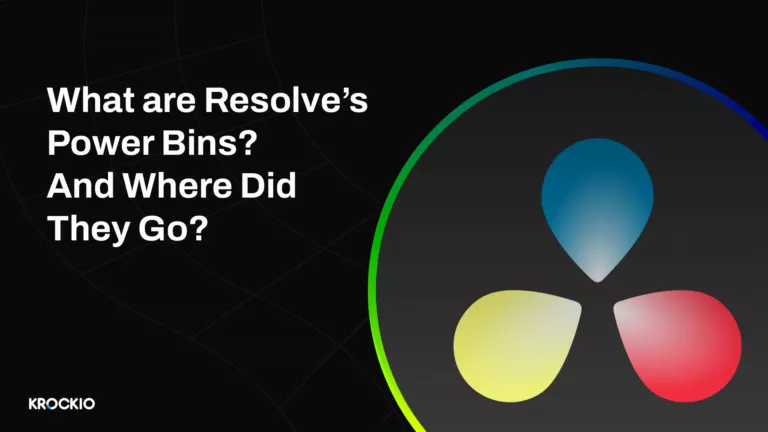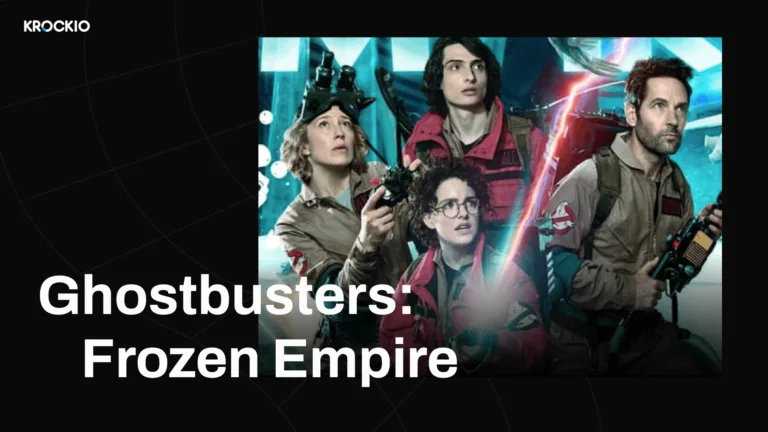Every business relies heavily on design. The design makes brands stand out from the competition and have their own personality in everything from company websites to product design to marketing and sales materials.
Design is the most effective technique to grab the interest of your customers and potential customers. Statistics back it up; according to Adobe, two-thirds of readers prefer reading beautifully designed content to simple content.
Even those who have been working as freelance designers for the past few years are just now beginning to adapt to a work culture that is solely dependent on distant communication. Nowadays, it’s simpler than ever to locate a tiny contract employment, largely because of the potential limitations.
The number of collaborative work solutions assisting designers to rapidly, productively, and reliably connect with coworkers and clients is growing as more designers and developers work remotely. Real-time design modification, managing reports and support tickets, and other tasks that would be far simpler to complete in person are now possible online thanks to a variety of technologies designed for that purpose.
What is design collaboration?
Any project, whether it be for a website, app, or product, should include design collaboration.
We categorize cooperative design as “a procedure that combines many concepts, functions, and team members. User experience (UX) collaborative design is a multi-stage process that includes planning and strategy produced by user feedback.” Order to amaze your customer, this entails applying a lot of thought and effort to one project in order to create the best design.
Why would you even need tools for design collaboration?
In a remote team, cooperation can take place in a variety of methods, and design collaboration is a crucial stage in the whole collaborative process. Having high-quality design collaboration tools is essential for your stack, especially if your team is distributed, for the following reasons:
- To aid in successful and clear communication.
- They are a better option than emails.
- Discussions about design iterations are simpler, which facilitates teamwork. By not booking meetings too far in advance, you avoid wasting time and hassle.
- It’s simple to keep track of your designs’ progress.
- Knowing who is responsible for which task is very obvious. This prevents pointless conversations.
- Enhanced productivity Your total productivity will increase if there is less back-and-forth communication and the tasks and progress are kept transparent.
Design collaboration is an important part of any project, whether it’s for a website, app, product, or anything else. In this course, we will learn how to use different tools to create beautiful designs that look great in print, online, and on mobile devices.
Create a shared folder with all of your design assets
To begin, make a shared folder to hold all of your design resources, including photos, fonts, colors, and other files. Everyone who needs access may now see everything at once thanks to this. Additionally, it makes it simpler for designers to share resources when working on projects together.
Share files between designers
If you need to share files with multiple people, you can use Dropbox, Google Drive, Box, OneDrive, or any number of cloud storage services. These services allow you to upload files and then share them with others.
Set up version control
By using version control, you can track the changes made to a file and roll back to a previous version. This lessens the chance of disagreements when working together on design tasks. By creating a folder where you keep all of your project files, you may set up version control. After that, you save a new version of the folder for every file you modify.
To share files, use a program like Dropbox or OneDrive. When working with other designers, use a cloud storage platform like OneDrive or Dropbox. With the help of these services, you may effortlessly share your files with others since you can access them from any device. Additionally, it makes it simple to sync various devices, enabling you to work on one computer while another person at home continues to edit the same document.
Use a tool like Slack or Zoom to communicate
You should also consider using a tool like Slack or Google Hangouts to communicate with your team members. This will help keep everyone up to date on what’s happening within the project.
Content Collaboration
Today’s employees want complete mobile access to information and tools on the devices of their choice. Content collaboration refers to when employees can access, share, sync, and collaborate on files using any device—both mobile and desktop. This collaboration and exchange of files are essential to the daily activities of many organizations.
Everybody has been there: it is not enjoyable to hunt through hundreds of folders, your incredibly crowded inbox, your cloud apps, or the downloads folder on your laptop to find that crucial file.
Due to time or location constraints, employees frequently can’t access the appropriate content at the appropriate moment. All of them result in significant time and productivity losses.
You require a content collaboration platform if you are dealing with comparable problems. Organizations may easily store and access all of their material, including papers, media files, and other files, by using a content collaboration platform.
What are the advantages of collaborative content for businesses?
Collaboration on content is crucial for the modern worker. When done properly, it can bring about advantages like the ones listed below:
Enhancing productivity and efficiency.
Regardless of how many departments an individual works with, content collaboration solutions enable everyone to stay in touch and informed of one another’s progress. Instead of forcing workers to wait for coworkers to check their email and upload their corrections or feedback, working from the same platform or document allows feedback and problem-solving to happen instantaneously.
Allowing remote workers
Effective content collaboration solutions can enable remote workers to keep pace with their office-based colleagues without losing precision or quality as the number of these individuals rises.
Advice and best practices for successful content collaboration
To develop a long-term, successful mindset for collaboration, use the following advice:
A content brief should be made. There must be a single source of truth for the project’s specifications and the material it will produce before employees may begin collaborating on it. A creative brief outlines the main details of the project, including the needs, objectives, and dates. A well-written brief may keep everyone on the same page by preventing misunderstandings and work that is outside the scope.
Establish access privileges, assign tasks, and create deadlines. Once the project’s scope has been established, the team members must be aware of their respective production responsibilities and have access to the resources and content they require to carry out their duties successfully. The project manager should establish access credentials at this point to assist protect intellectual property and lessen the risk of a security breach.
Define the evaluation procedure. Teams can fulfill deadlines and accomplish the project objectives listed in the creative brief by going through a thorough review process. The scope of the project can be met by keeping projects on track with regular reviews.
Krock.io‘s content collaboration solutions ensure that information can flow freely and securely across teams. Utilize a platform for enterprise content collaboration to produce better results more quickly.
By combining document management, team collaboration, and electronic signatures in one location—without compromising security or putting sensitive data at risk—Krock.io content collaboration solutions provide improved operational efficiency.
Conclusion
If done correctly, successful design collaboration need not be difficult.
To increase team productivity and ensure better products, start by concentrating on streamlining your collaborative workflow. Then, harness the power of delegation and make the appropriate tools available.
Check out more articles on getting started with Krock.io:
- Real-time collaboration
- Must-Have Features of Creative Project Management Software for Creative Teams
If you have any questions or need help, just let us know.









